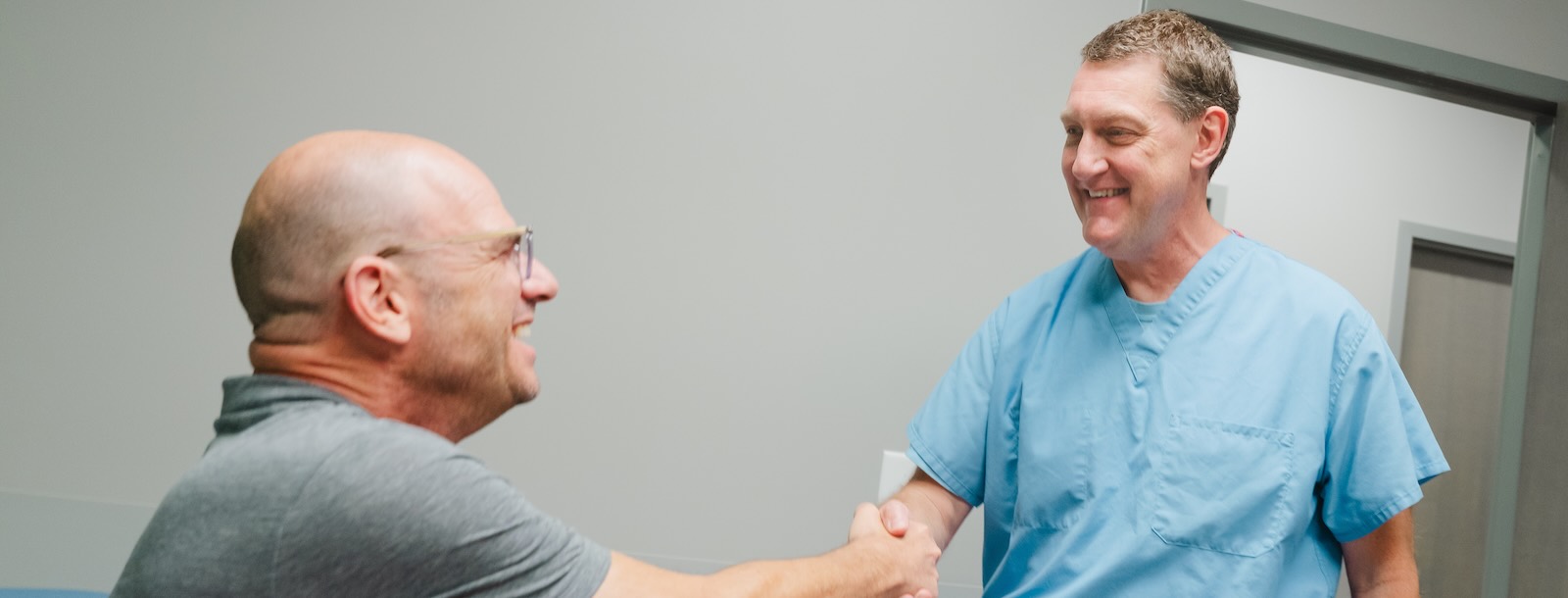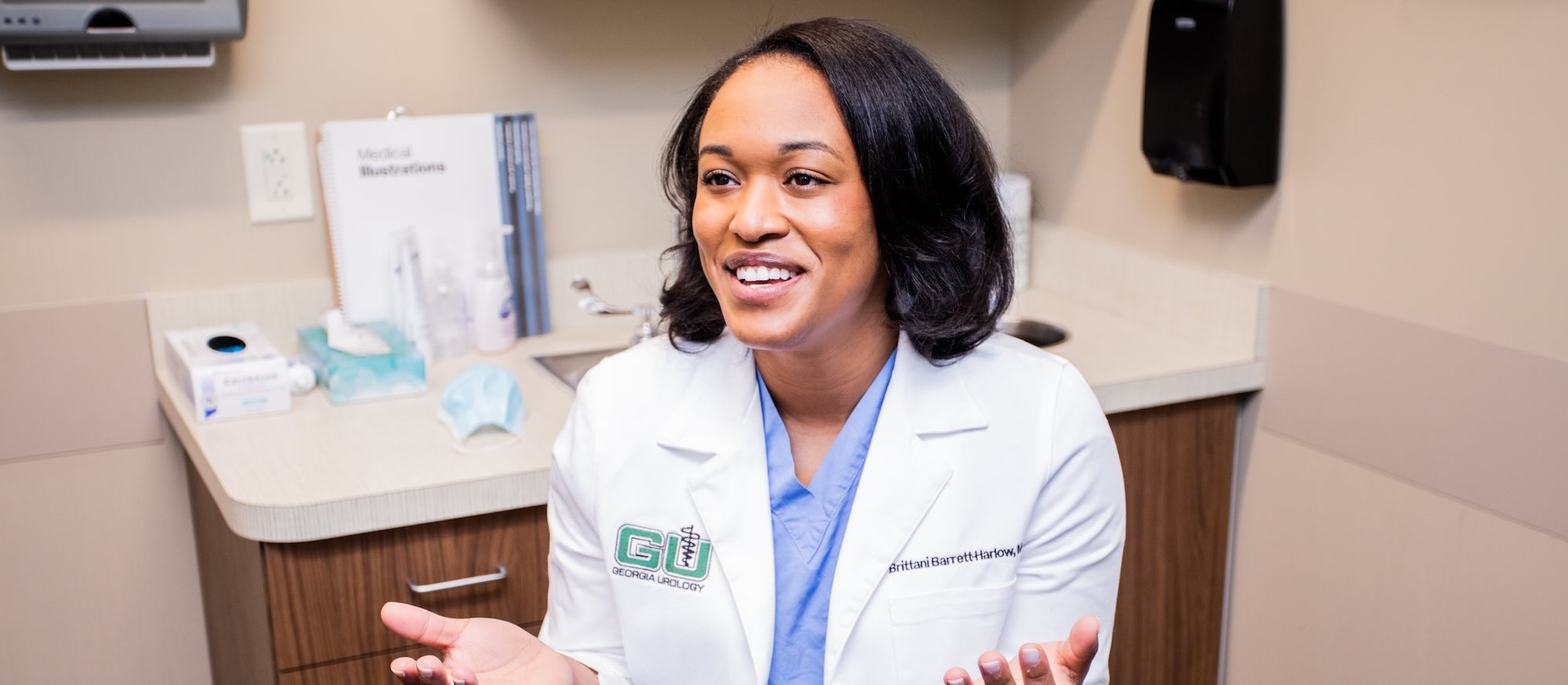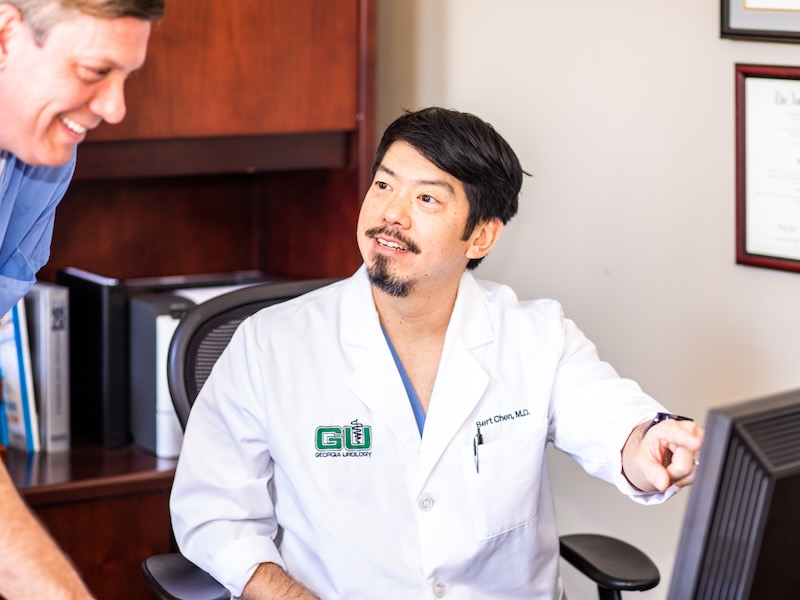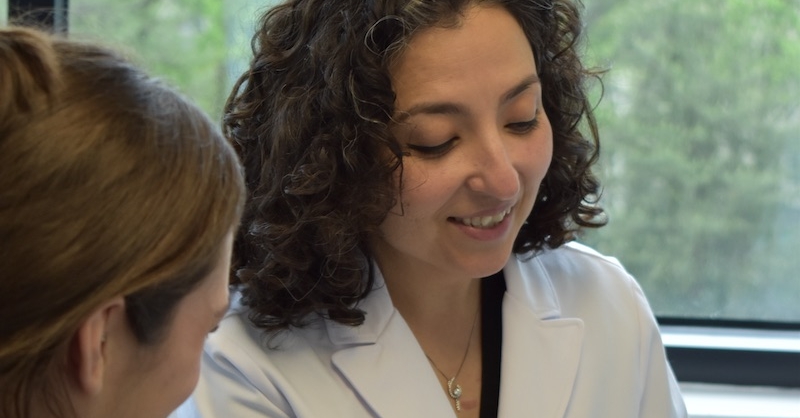Symptoms of Hypogonadism
- Infertility
- Erectile dysfunction
- Decreased sexual desire
- Fatigue and weakness
- Mood depression
- Loss of body and facial hair
- Osteoporosis

Testosterone Deficiency or Hypogonadism
Testosterone deficiency or Hypogonadism occurs when the sex glands produce little or no hormones. In men, these glands (gonads) are the testes; in women, they are the ovaries. It may result from a disorder of the testes (primary hypogonadism) or the hypothalamic-pituitary axis (secondary hypogonadism). Both may be congenital or acquired as the result of aging, disease, drugs, or other factors.
In male hypogonadism, the testes fail to produce the hormone testosterone. This hormone plays an important role in the development and maintenance of typical masculine physical characteristics, fertility, sex drive, and bone health. The condition is also known as testosterone deficiency or Low T. The disorder is very common; estimates are hypogonadism affects approximately one in 500 males.
Hypogonadism may result from a disorder of the sex glands or testes (primary hypogonadism) or of the hypothalamic-pituitary gland (secondary hypogonadism). Both may be congenital (present at birth) or acquired as the result of aging, disease, drugs, or other factors.
Klinefelter syndrome. This condition results from a congenital abnormality of the sex chromosomes which leads to abnormal development of the testicles and results in underproduction of testosterone.
Undescended testicles. Before birth, the testicles develop inside the abdomen and normally move down into their permanent place in the scrotum. Sometimes, one or both of the testicles may not be descended at birth. This condition often corrects itself within the first few years of life without treatment. If not corrected in early childhood, it may lead to malfunction of the testicles and reduced production of testosterone.
Mumps orchitis. If a mumps infection involving the testicles in addition to the salivary glands (mumps orchitis) occurs during adolescence or adulthood, long-term testicular damage may occur. This may affect normal testicular function and testosterone production.
Hemochromatosis. Too much iron in the blood can cause testicular failure or pituitary gland dysfunction affecting testosterone production.
Injury to the testicles. Because of their location outside the abdomen, the testicles are prone to injury. Damage to normally developed testicles can cause hypogonadism. Damage to one testicle may not impair testosterone production.
Cancer treatment. Chemotherapy or radiation therapy for the treatment of cancer can interfere with testosterone and sperm production. The effects of both treatments often are temporary, but permanent infertility may occur. Although many men regain their fertility within a few months after treatment ends, preserving sperm before starting cancer therapy is an option that many men consider.
Normal aging. Older men generally have lower testosterone levels than younger men do. As men age, there’s a slow and continuous decrease in testosterone production.
Obesity. Being significantly overweight at any age may be linked to hypogonadism.
Medications. The use of certain drugs, such as opiate pain medications and some hormones, can affect testosterone production.
Inflammatory disease. Sarcoidosis, histiocytosis and tuberculosis involve the hypothalmus and pituitary gland and can affect testosterone production.
HIV/AIDS. The virus can cause low levels of testosterone by affecting the hypothalamus, the pituitary and the testes.
Kallmann syndrome. Abnormal development of the hypothalamus – the area of the brain that controls the secretion of pituitary hormones – can cause hypogonadism.
Pituitary disorders. An abnormality in the pituitary gland can impair the release of hormones from the pituitary gland to the testicles, affecting normal testosterone production. A pituitary tumor or other type of brain tumor located near the pituitary gland may cause testosterone or other hormone deficiencies. Also, the treatment for a brain tumor such as surgery or radiation therapy may impair pituitary function.


Blood testosterone levels and symptoms will confirm the diagnosis of hypogonadism.
If blood testosterone level is low, further testing can determine if it’s caused by a testicular disorder or a pituitary abnormality. The testing may include:
For hypogonadism caused by testicular failure, male hormone replacement (testosterone replacement therapy or TRT) is used. TRT can restore sexual function and muscle strength and prevent bone loss. In addition, men receiving TRT often experience an increase in energy, sex drive, and sense of well-being.
Several testosterone delivery methods exist. Choosing a specific therapy depends on your preference for a particular delivery system, the side effects, and the cost. Methods include:
Injection. Testosterone injections are safe and effective. Injections are given in a muscle about every two weeks to 4 weeks. Your symptoms may come and go between doses. You or a family member can learn to give TRT injections at home. If you’re uncomfortable giving yourself injections, a nurse or doctor can give the injections.
Patch. A patch containing testosterone (Androderm) is applied each night to your back, abdomen, upper arm, or thigh. The site of the application is rotated to maintain seven-day intervals between applications to the same site to lessen skin reactions.
Gel. You rub testosterone gel (AndroGel, Testim) into the skin on your lower abdomen, upper arm, or shoulder. As the gel dries, your body absorbs testosterone through your skin. Gel application of testosterone replacement therapy appears to cause fewer skin reactions than patches do. Don’t shower or bathe for several hours after a gel application to be sure it gets absorbed.
Testosterone replacement therapy may cause side effects such as breast enlargement, stroke or heart attack, or liver poisoning (especially if taken in pill form). It is best to have an in-depth discussion regarding the management of testosterone deficiency with an urologist to determine what is best for you.
If a pituitary problem is the cause, pituitary hormones may stimulate sperm production and restore fertility. Testosterone replacement therapy can be used if fertility isn’t an issue. A pituitary tumor may require surgical removal, medication, radiation or the replacement of other hormones.
No, if should discuss the risks and benefits of therapy with your urologist if you have the following conditions:

In addition to measuring testosterone levels, prostate screening and hematocrit and hemoglobin levels should be monitored periodically.
Call Georgia Urology today to schedule an appointment with an experienced urologist in one of our locations throughout the Atlanta metro area.